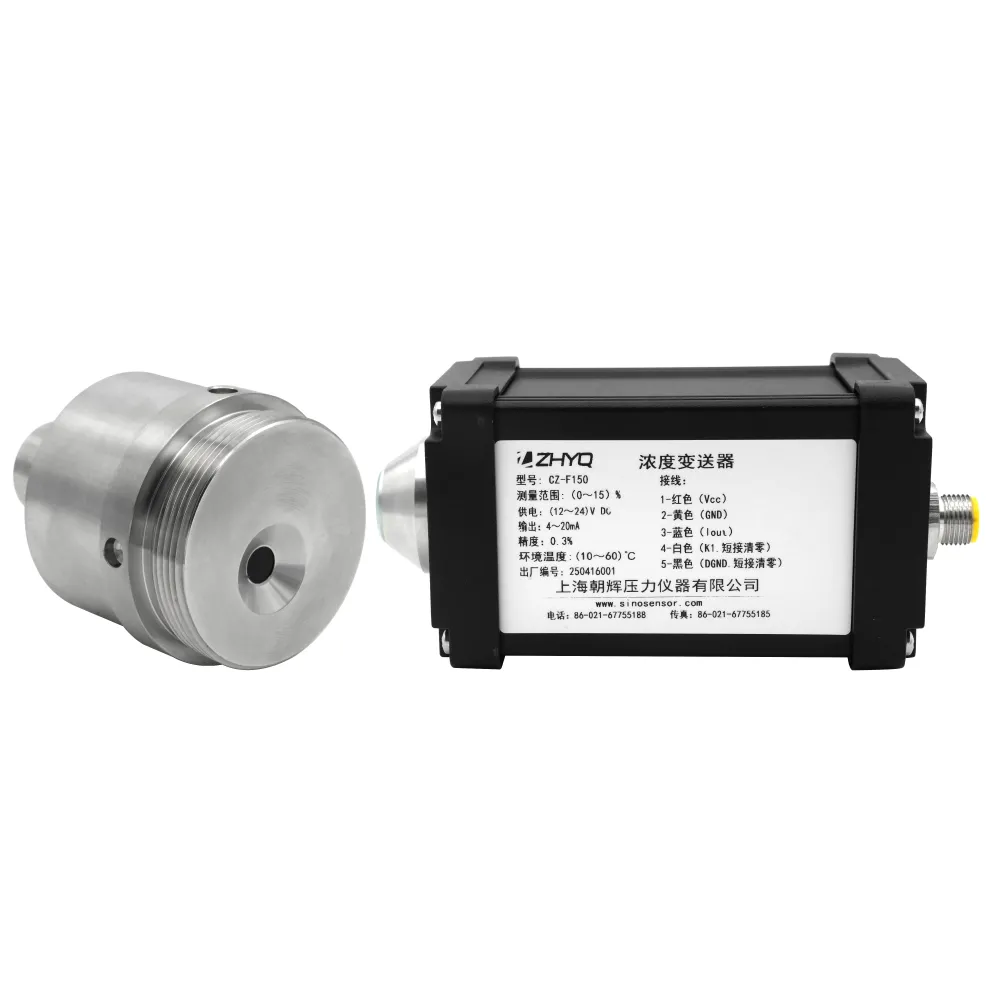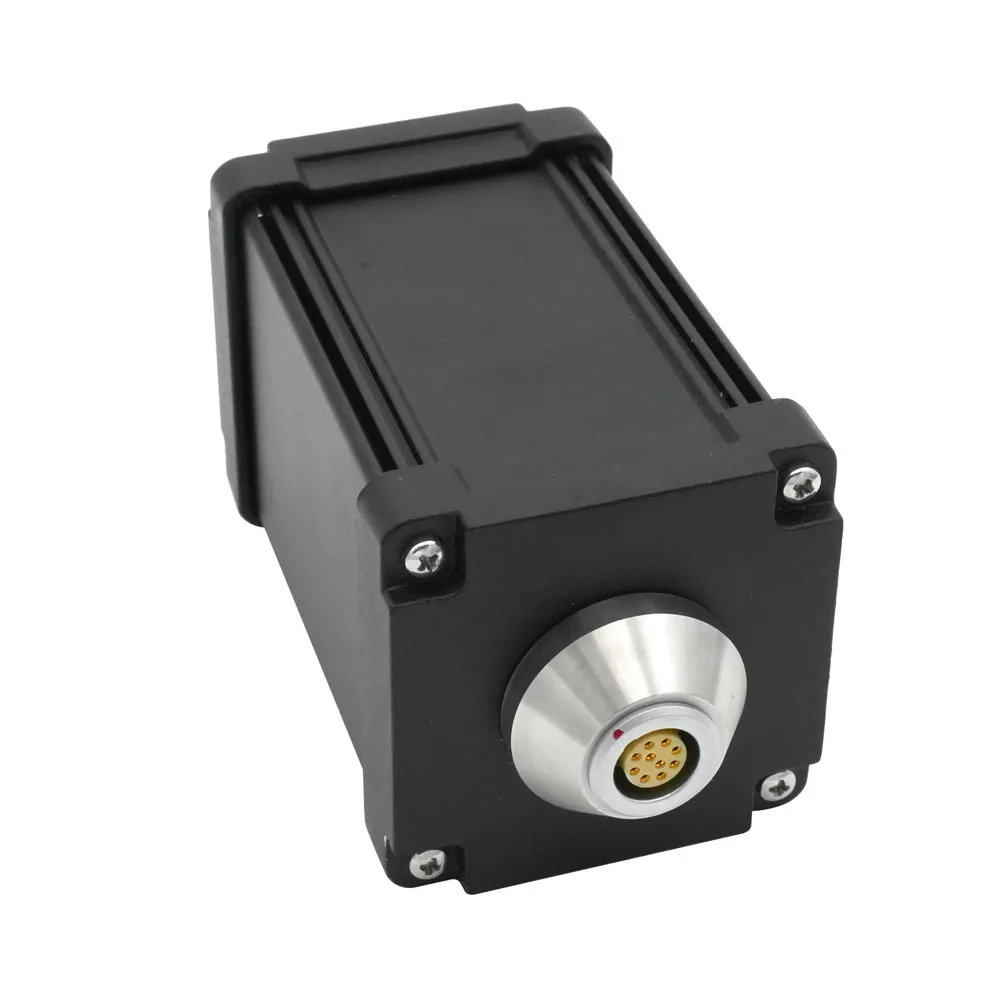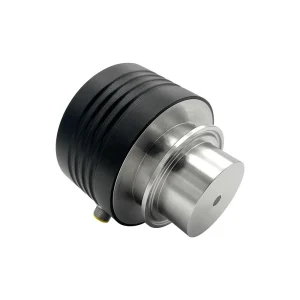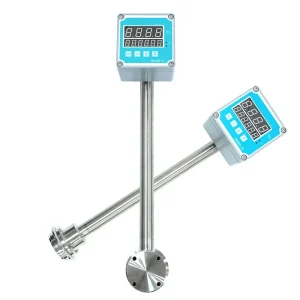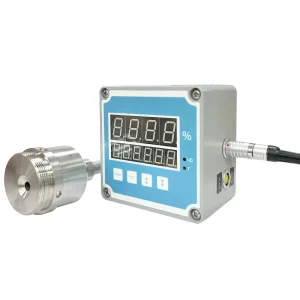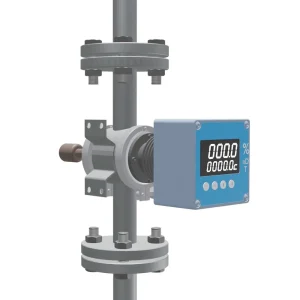Description
Technical Parameters
| Product model | CZ-F500 | CZ-F150 |
| Measuring parameters | Refractive index (nD), temperature (T), Brix(%) | |
| Measurement range | nD; 1.33299-1.42009 / Brix; 0.0~50.0% | nD; 1.33299-1.35568 / Brix; 0.0~15.0% |
| Resolution | nD; 0.0001 / Brix; 0.1% / T; 0.1℃ | |
| Accuracy | nD; ±0.001 / Brix; ±1% / T; ±1℃ | |
| Temperature compensation | 10-60℃ | |
| Power supply | 12~24V DC | |
| Signal output | DC 4~20mA or RS485 | |
| Ambient temperature | 10-60℃ | |
| Protection grade | IP65 | |
| Operating pressure | Maximum tolerance 1Mpa | |
| High & low limit setting | Short circuit reset (4/20mA output) ; Protocol reset (RS485 output) | |
| Prism material | Artificial sapphire | |
| Wetted material | Standard; SS316L (optional; 2205; Hastelloy C-276) | |
| Process medium | Cutting oil; emulsion; sugar content; juice | |
| Installation type | Thread | |
| Length of cable | ≤20m | |
Features
1. Accurate, fast, stable and reliable
2. Extremely high resolution and accuracy
3. 24-hour real-time concentration measurement
4. 4-20mA/RS485 dual signal output
5. Split structure, suitable for small space
Application
1. Real-time monitoring of soluble solids (Brix value) of products by various beverage manufacturers.
2. Continuous monitoring of soluble solids content (Brix value) in process flows such as evaporation, dissolution, mixing, dilution, and extraction.
3. Real-time detection of concentration of various industrial solutions, such as cutting oil, lubricating oil, cleaning fluid, emulsion, and release agent.
4. Concentration detection of various aqueous solutions (food, sauce, beer, wort, beverage, juice, pharmaceutical stock solution, chemical solution, slurry, etc.).

